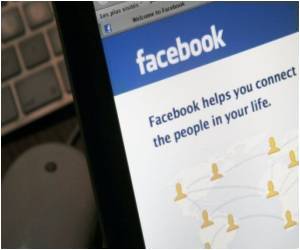Information sharing sites, such as Twitter, can be useful in the time of crisis.

However, there is often confusion among the public about the reliability of twitter user updates after, disasters, such as the great Tohoku earthquake, the team added.
Acar and Muraki found that Twitter posts in disaster struck areas and the areas that are indirectly affected were somewhat similar. Most of the tweets in disaster -hit areas were warnings, help requests and reports about the environment. The team adds updates asking desperately for help were "heart-breaking", while other updates highlighted specific happenings such as the rise and fall of the sea, burning buildings and explosions. However, the biggest problem was the reliability of twitter updates, particularly in calls for help, that were misplaced or lies.
The study has been published in the International Journal of Web Based Communities.
Source-ANI









